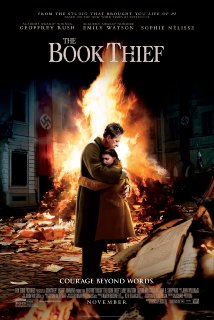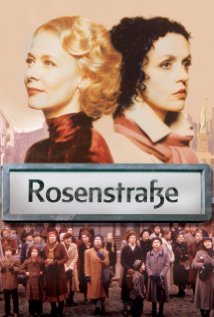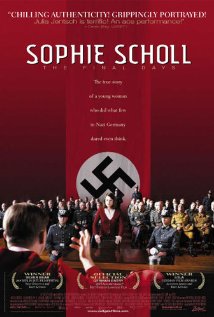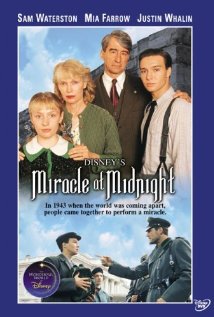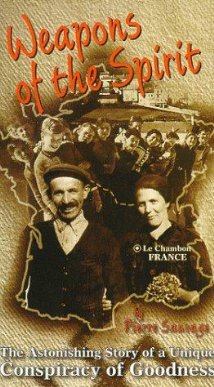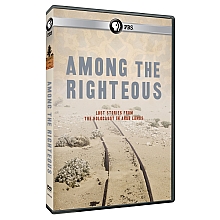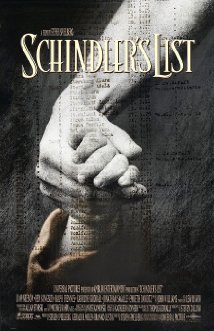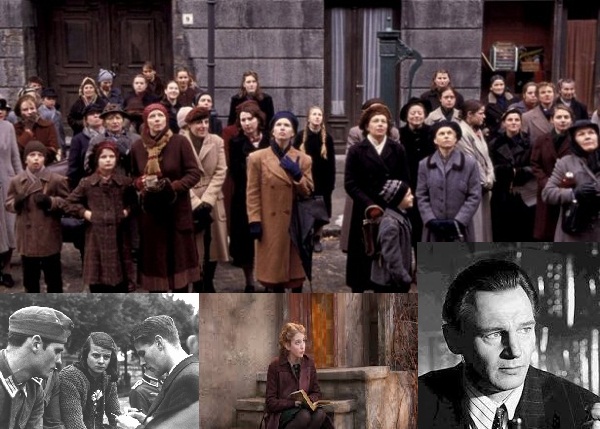
Can nonviolence really make a strong lasting statement amidst gunfire and war violence? These WWII movies say “YES!”
Hardly does a year go by without showing a Hollywood film staged within the WWII-era. In fact, every year since the war ended, there always had been a movie which featured events regarding it, Hollywood or not. And that “tradition” would hardly change in the future. After all, resistance in face of strong evil always touches a tender cord in every one of us.
However, these WWII movies – in their quest to show the good in human nature and the ability to show off courage and sacrifice when needed – portray a rather narrow view of the Second World War.
Example, these WWII movies have almost always pointed German Nazis as the enemies forgetting that not all Germans during the said era, even including a number of Nazi soldiers, did not unanimously support Adolf Hitler’s acts and ideals. They also tend to set aside the resistance movements that sprung up from many European nations under the Nazi’s regime and most of all, that countering violence with violence was not the only way to challenge the Nazis, that some resistance had took form quietly and had left a strong footprint in history albeit silently, too.
Below are a number of WWII movies highlighting nonviolence resistance against the Nazis. These are a rare occurrence in the film industry but they do provide the challenge and the other side of WWII history.
The Book Thief
Though a pure work of fiction and based on a book of the same title authored by Markus Zusak, The Book Thief which was released November last year recounts the story of a young girl, Leisel, taken in by a middle-aged German couple as her real parents tormented for being communists. Her foster parents, despite looking like they wanted nothing but peace, safety and normalcy within their family, took on a young Jewish refugee they housed under their stairs.
The movie revolved around the themes of finding solace within books, thus, the need to preserve literature, of love and about living life in the middle of greatly difficult times. Most of all, it is a story of quiet resistance, something that challenges the idea that one needs to wage the “good” war to counter evil making it one of the rare WWII movies to tackle nonviolent resistance.
As The Book Thief is pure fictional in nature, while it shows a different side of fighting in WWII, it hardly makes a dent on the Second World War’s mainstream narrative which usually shows war being fought by with war as shown by the usual WWII movies and overlooks the truth that nonviolent resistance did prevail and made an imprint throughout the war.
Rosenstrasse
Rosenstrasse, a German WWII movie released in 2003, portrayed the Rosenstrasse protest in 1943 where non-Jewish German women silently disapproved the detainment of their Jewish husbands by holding a nonviolent protest in front of the building that held them. Their visible and very vocal opposition grew strong in the course of a week that Joseph Goebbels, along with Hitler’s approval, forcibly released the Jewish prisoners which numbered at about 2,000.
Sophie Scholl – The Final Days
Sophie Scholl was a real German young lady who was executed in 1943 along with her brother Hans and another member of the anti-Nazi student group, the White Rose, as they were found to be guilty of high treason after distributing leaflets which called on opposition against the Nazi dictator.
Though their execution was swift, the three young people left a lasting legacy in Germany and is a strong testament of resistance against evil through quieter, nonviolent means.
Her story was also made into a WWII movie in Germany released in 2005.
Miracle at Midnight
A Disney production, this made-for-TV WWII movie released in 1998 showed a real nonviolent resistance during the Second World War that reaped positive results. It retells the Danish rescue of over 7,000 Jews from being deported to the Nazis’ concentration camp by sending them to neutral Sweden.
The film centered on the Koster family who played an integral part in the saving of Danish Jews from Theresienstadt concentration camp.
Weapons of the Spirit
A similar story to the Miracle at Midnight, the Weapons of the Spirit is a 1989 documentary about how the small French village, Le Chambon-sur-Lignon, was able to save over 5,000 refugees, some 3,000 of it Jews, while being under Vichy control.
When Nazi troops patrolled throughout Le Chambon, the villagers resisted orders by hiding their refugees in the countryside. How the small French village managed to survive through WWII unscathed was a miracle as their neighboring villages were razed to the ground after the Nazis found out they were hiding French resistance fighters.
Perhaps, this explanation by military historian Basil Lidell Hart after interviewing a number of German generals after the war would suffice:
“[Nazis] were experts in violence, and had been trained to deal with opponents who used that method… other forms of resistance baffled them.”
Among the Righteous
Nonviolent resistance against the Nazis not only thrived throughout the European continent but there are other surprisingly amazing accounts found in North Africa as well. Some of these were covered in the PBS documentary Among the Righteous. What is so extraordinary in these stories is that in several cases, Arabs became the Jews’ protectors during the Holocaust. However, it is only recently that the Holocaust memorial institution recognized one Arab for his contribution during the trying times. (see story here)
Of course, there is also the 1993 WWII movie directed by Spielberg, Schindler’s List, which dealt with the life of German businessman, Oskar Schindler, who became the savior of a thousand mostly Polish Jews by employing them in his factories. It is perhaps the biggest Hollywood film resistance against the Nazis during WWII in a nonviolent way and was acclaimed globally.
But it cannot be denied that most WWII movies deal with waging “good” war – the mainstream theme of films in this era.
Nevertheless, there are still many amazing stories of people power waged during WWII. It is a great hope that some of these will catch Hollywood’s interest in the near future.
